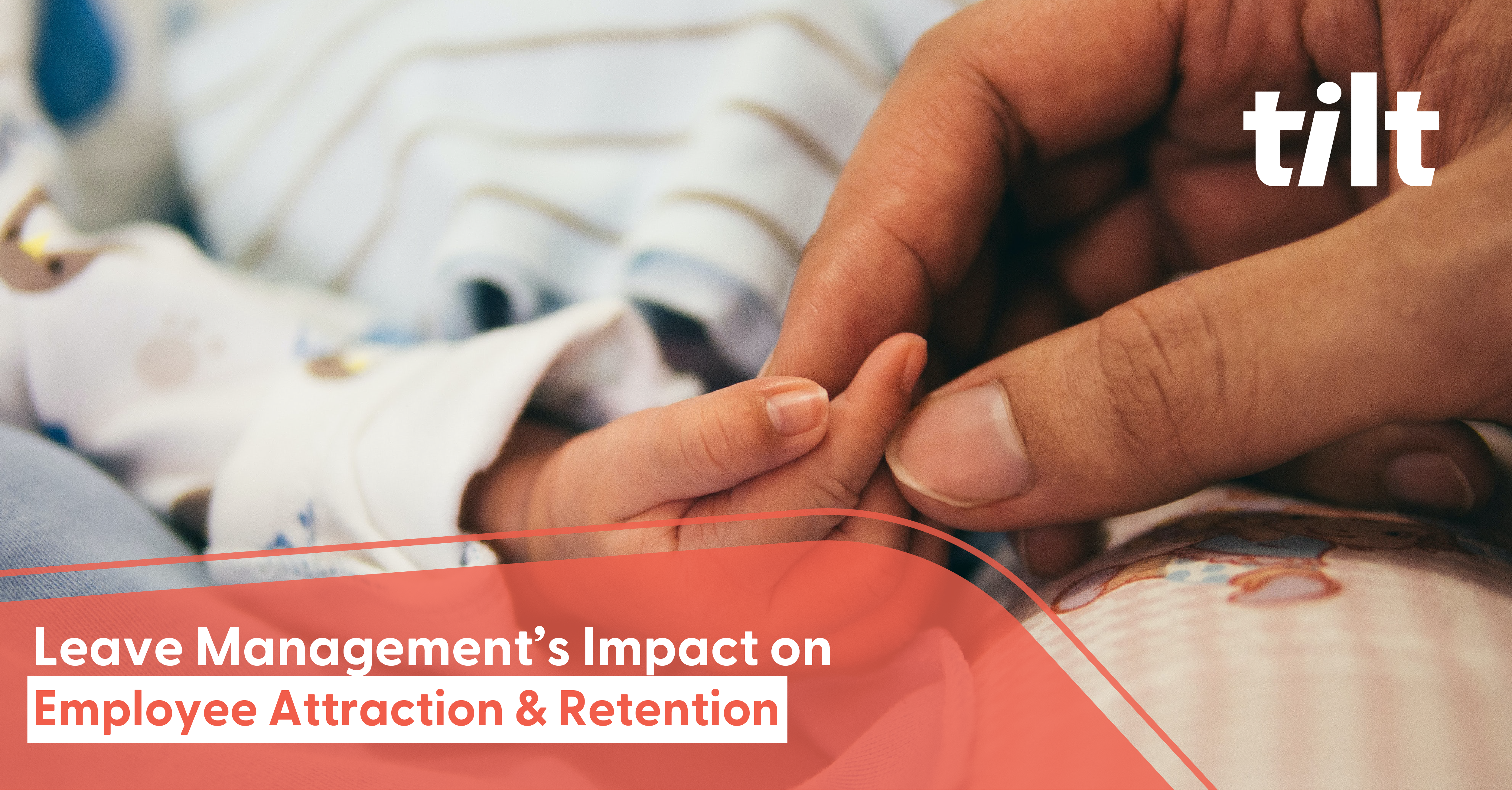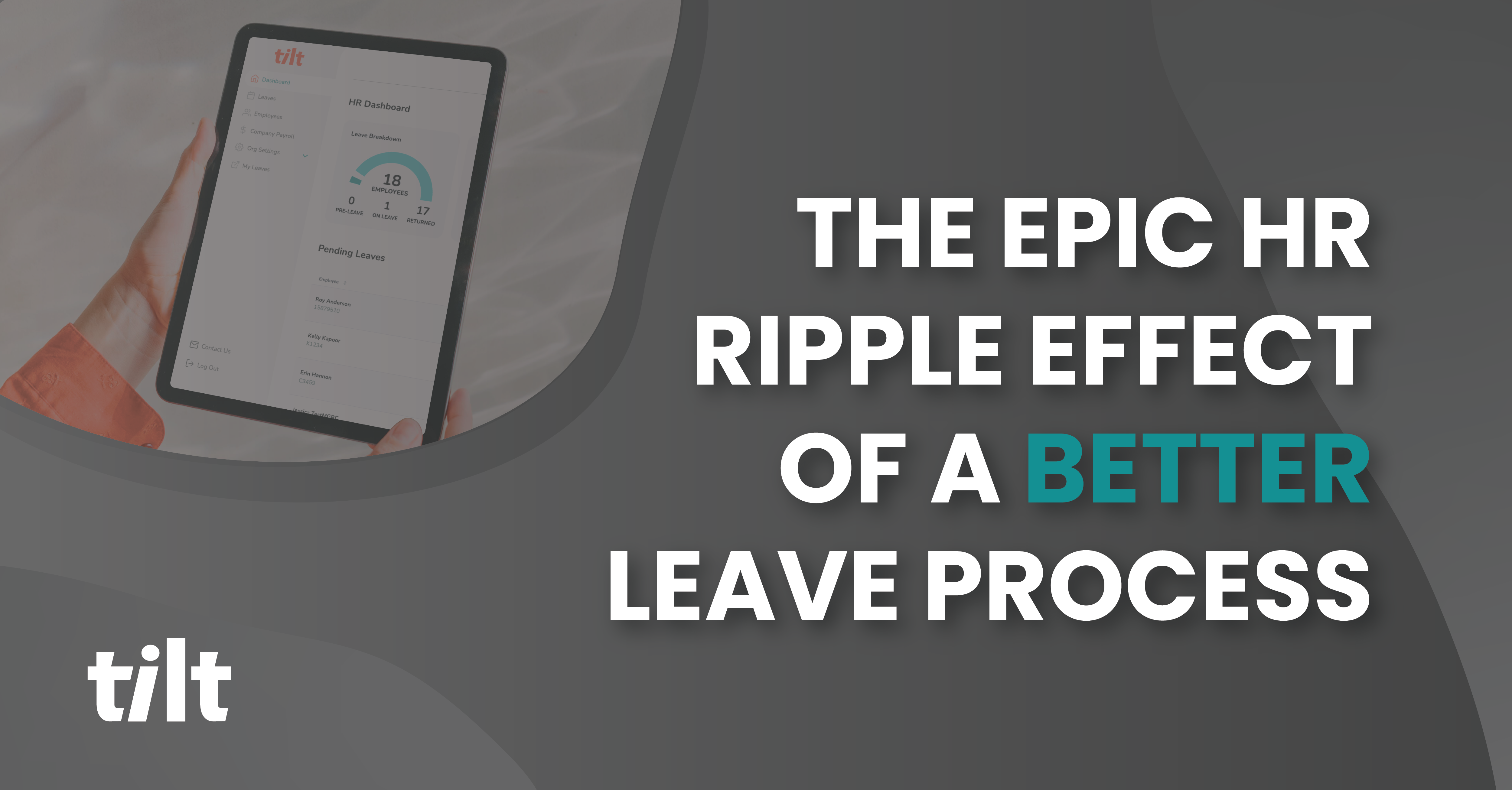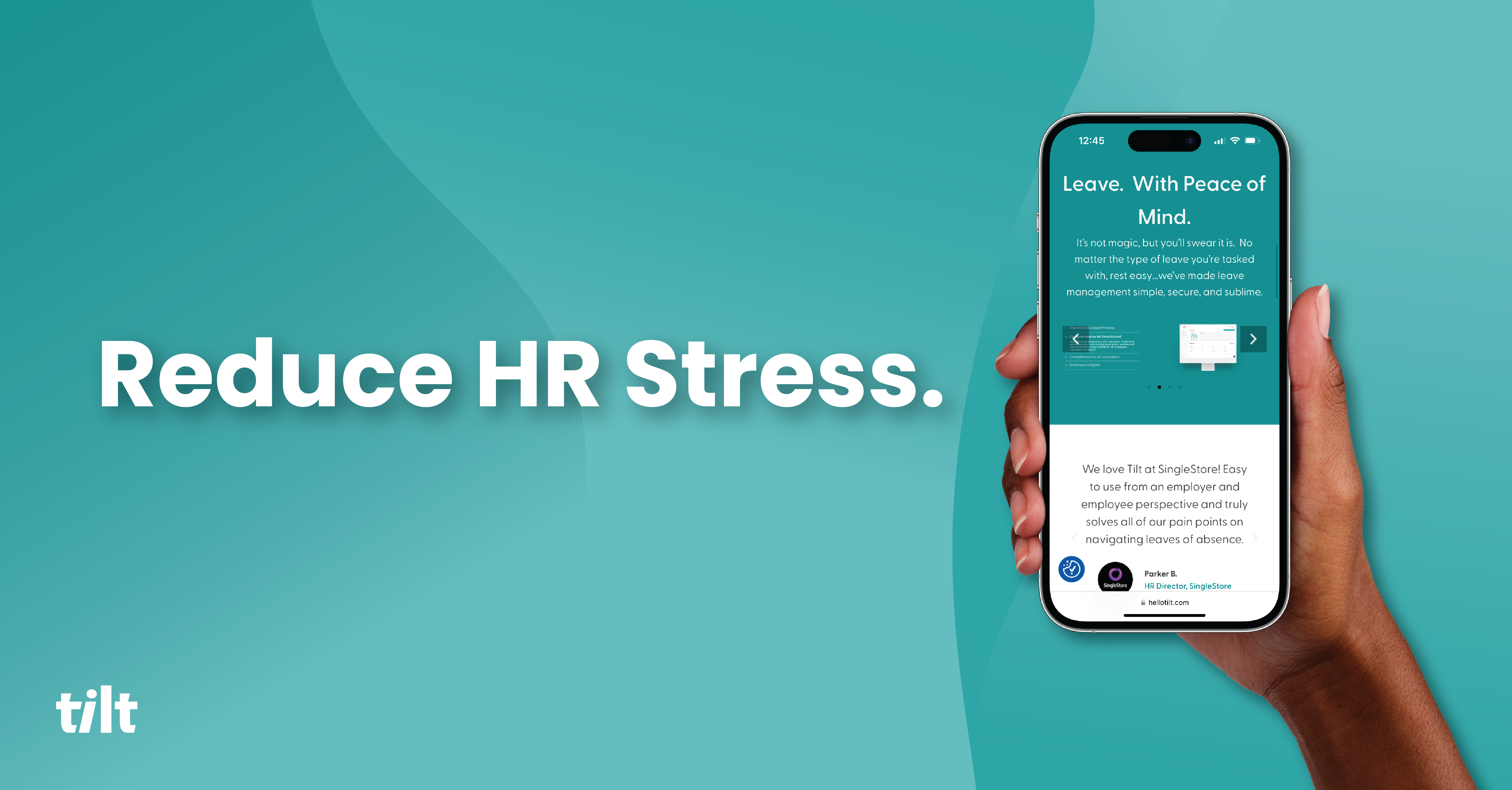Times, they certainly are a-changing. Not too long ago we lived in an age where free, barely potable coffee and a microwave in the breakroom were considered perks. Then the start-up boom brought with it days of ping pong tables, kegs in swanky lounge areas and catered lunches. As employees flocked to these features like highly functional moths to a flame, they quickly remembered that they aren’t in fact moths, and they were getting burned by the fact that kombucha isn’t culture.
This realization has found a new level of focus now that fewer employees need to go into the office and employers are left to figure out how they can keep employees happy beyond purchasing tokens of culture in exchange for their servitude.
One particularly hot item is the respect employees are expecting from their employer (quelle horreur) as it pertains to work-life balance. The arms race for providing human-centric benefits to employees has stemmed from a new demand from employees to be treated like people. The incentive for employers to acquiesce to those demands is why sabbaticals are on the rise, and can only be seen as a win for the workforce. There’s still a long way to go.
Managing Leave of Absences As a Retention Strategy
Leave of absence requests are on the rise for a variety of reasons, some old and some new (ahem, anxiety), and as organizations look to incorporate more robust ways to better serve their people, a microscope is being placed over the way organizations facilitate an employee’s leave journey. In their most human moments, the way an organization responds is a direct reflection of how the employees feel they are viewed as people.
While there are many factors to employee retention, the way in which you manage their leave of absence can contribute tremendously to their happiness (or feeling of crappiness). UC Berkeley’s Greater Good Science Center has identified four major pillars that support happiness in the workplace, which serendipitously have the acronym PERK:
P.urpose – E.ngagement – R.esilience – K.indness
All four of these can be tied to a successful leave management approach, which plays a key role in ensuring that resilience and kindness are felt throughout the organization, which will lead to better engagement and a sense of purpose in your people. It feels reductive to say it, but happy employees are less likely to have wandering eyes on job boards.
Building Resilience through Leave Management
A resilient employee is able to manage challenges at work in a way that is respectful and authentic to themselves and those around them. Providing the cultural support system to empower an employee to be resilient is a strong indicator of employee satisfaction.
Resilience stems beyond conflict management, however, as the research revealed that resilience is tied to effectively detaching from work. Taking time away from work, whether it be to recover from an illness or anxiety, to focus on general wellness, creative outlets or charitable outlets, creates a breeding ground for resilience.
If an employee feels unsupported in their leave of absence journey, or if they feel like the organization doesn’t care about them being able to seamlessly detach from their work when they need it most, this can have a direct negative effect on retention and can cost companies dearly.
By emphasizing the importance of a positive leave of absence experience and delivering on that promise, you’ll groom happier employees, and happier employees are more engaged and will have a higher probability of finding a greater sense of purpose in their work.
Managing Leave through Kindness
When employees are able to tap into their own kindness, they’re happier at work. Employers should be a mirror for this level of kindness, and one of the most critical moments that they can show this to their employees is when they’re taking a leave of absence.
From an employer’s viewpoint, the LOA journey begins the moment an employee makes the request. Sometimes a catastrophe has happened and the leave journey begins at roughly the same time as the request, but it’s quite likely that the employee has been thinking about how or when to bring up the LOA request to their manager.
When this happens, the employer must act with kindness and without bias. The same level of kindness employees who are happiest in their jobs would use. Treating the news like you would if it were a family member telling you of a major life event can go a long way into being kind, and getting kindness in return.
Treating a leave of absence with kindness and compassion increases the likelihood that employees will treat the role with kindness and compassion. When they return (far from a guarantee if LOA management is bungled), they’ll be more engaged and that kindness can continue to shine through.
The Leave Management Laws of Attracting Talent
Effective leave management not only keeps existing employees supported, but it can also be leveraged to draw the best and the brightest into your organization. The hiring environment is highly competitive, and depending on the role it can take an average of 41 days to bring on a new team member (I know many of you reading this merely wish it were that quick).
Having a top-tier plan in place for managing a leave of absence can be a significant differentiator when a candidate is vetting their next potential career move. Here’s why:
- Employees want to know how they’ll be cared for when it matters most. When life hits the fan, letting a candidate know that you’ve invested as an organization to ensure their experience switching from work to life (and back) will be a positive one. There might be no greater example of demonstrating your organization’s commitment to employee happiness than expressing how you help when the company stands nothing to gain.
- Candidates have horror stories about a leave of absence gone wrong. Throughout the course of our careers, most of us have either experienced a leave of absence or know someone who has. Taking a leave is a universal experience and one that when overlooked by an organization can leave a negative memory in the minds of everyone affected by leave mismanagement. Put a candidate’s mind at ease and turn that negative memory into a positive differentiator by emphasizing your organization’s approach to a holistic leave management solution.
- Most organizations merely talk the talk. Having a dedicated and holistic approach to leave of absence management cuts through the “culture” fluff talk most companies dish out when trying to attract potential talent. Every company says they value work-life balance, but few companies can really point to anything other than a PTO policy. Providing great LOA support sets yourself apart from the competition because you’re actually walking the walk to support your people.
You can attract talent by dangling money. You can attract talent with promises and praise, but if they need to take a step back from work when life happens and you don’t respect them as humans, all that money means nothing and that talent walks out the door.
Giving your people the gift of an easy transition from work to life can make all the difference in keeping them happy, and it all starts by treating them like a human when they need it most.
About Tilt
Tilt is leading the charge in all things leave of absence management through easy-to-use tech and human touch. Since 2017, our proprietary platform and Empathy Warriors have been helping customers make leave not suck by eliminating administrative burdens, keeping companies compliant, and providing a truly positive and supportive leave of absence experience for their people.







